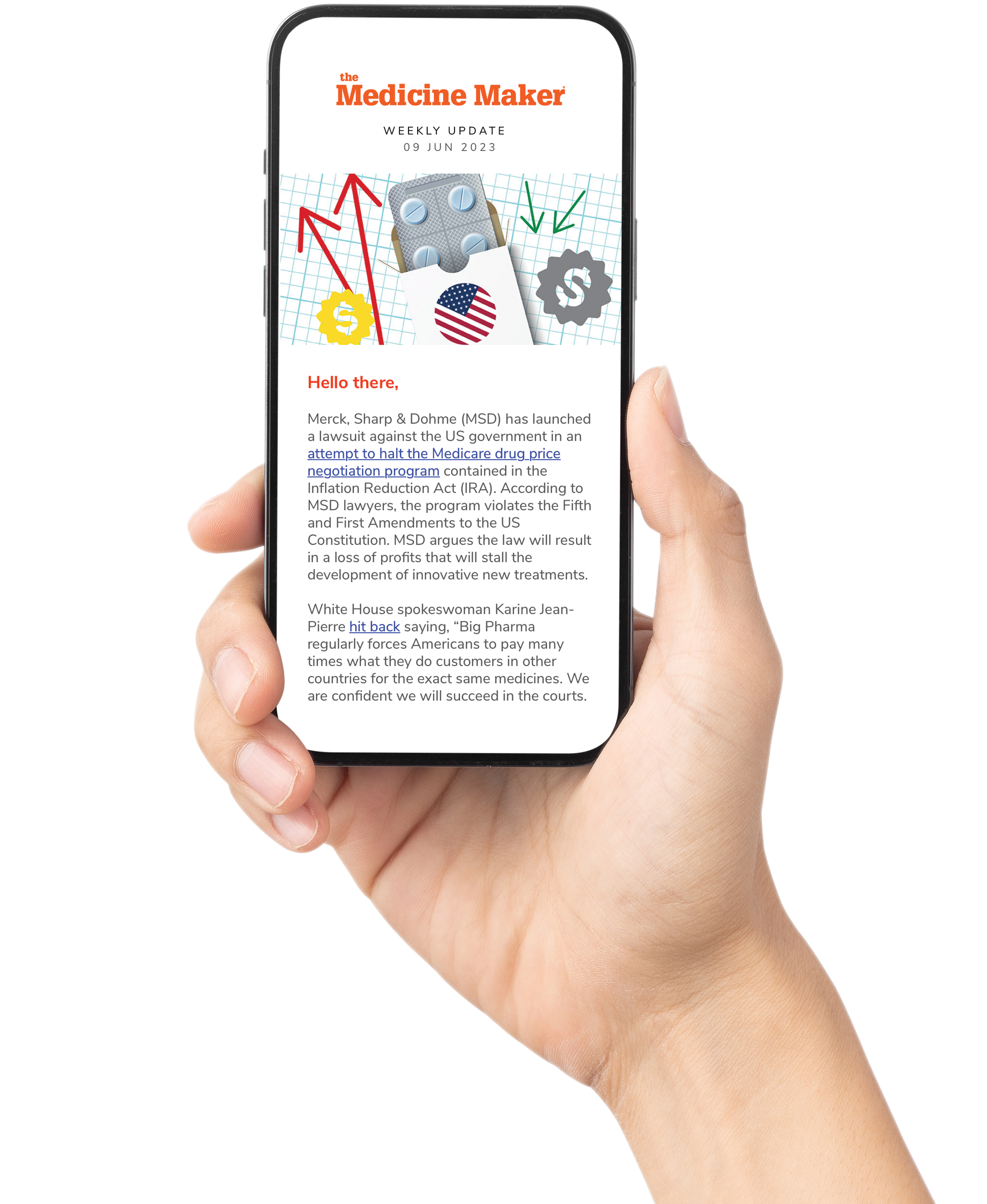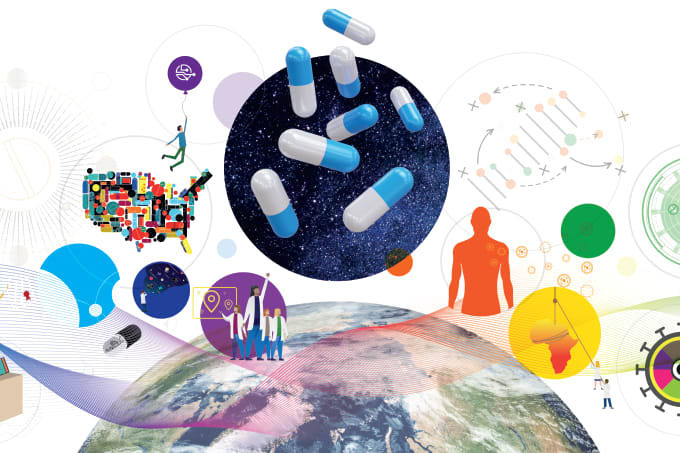
They may not always grab headlines, but generics have long been a quiet powerhouse in modern healthcare, helping to deliver value by increasing access to therapeutics, reducing costs, and ensuring continuity of supply. In the UK alone, generics are estimated to save the NHS over £13 billion annually. In fact, generics have largely been a safety net of pharmaceutical innovation – transforming yesterday’s breakthroughs into today’s standard of care.
Reports vary on the predicted growth of generics in the years to come, but we seem to be at a crossroad. The KPMG (Klynveld Peat Marwick Goerdeler) Generics 2030 report suggests pricing pressures, increasing regulatory hurdles, and an oversaturated marketplace could steer the industry toward a “downward spiral” – one where reduced margins and innovation stagnation threaten the sustainability of an industry historically rooted in cost-reduction.
Of course, healthcare systems are under pressure not just to save money, but to deliver equitable, sustainable, and high-quality outcomes. Expectations from patients and providers have evolved too. Increasingly informed patients are asking more questions about the medicines they take, and the companies behind them.
So, is it time for the generics sector to undergo a value-led transformation? If so, what should it look like?
Aim for the high-hanging fruit
The traditional approach of pursuing scale and simplicity has its limits. I see greater value in addressing more complex healthcare needs – not through a race to the lowest cost, but by delivering thoughtfully developed, technically demanding products that support improved patient outcomes or deliver value in areas that are difficult to commoditise.The opportunity lies in moving away from the standardized generic offerings the sector is often known for, and towards solutions that deliver incremental value. If we take the example of antimicrobial stewardship, where guidance from health authorities continues to reinforce the need for careful management of antimicrobials, the companies able to innovate and develop products that help reduce antibiotic usage for the critical fight against antimicrobial resistance are likely to succeed.
In addition, aiming for the high-hanging fruit – those harder-to-genericize, complex molecules – helps avoid the “race to the bottom” style price wars on common medicines that we often hear about in conversations around the generics industry.
Generics as a tool
In today’s increasingly complex healthcare environment, equitable access means more than just low prices. True equity demands resilience in supply, availability, and alignment with needs.
Generics are arguably one of the most powerful tools we have to advance health equity. When patents expire, generic manufacturers’ ability to act fast in bringing healthy competition to the market can have a transformative impact on access. There are some therapy areas that simply wouldn’t exist if it weren't for continued generic innovation.
Of the medicines designated “essential” by the World Health Organization (WHO), around 90-95 percent are off-patent, including treatments that target cancer, cardiovascular diseases, and, HIV. Antiretrovirals have saved hundreds of millions of pounds sterling for the NHS alone, while simultaneously helping further reduce transmission.
This comes against the backdrop of global medicines shortages, which are now driven by a range of factors from over-concentration of supply chains to regulatory bottlenecks. In this environment, generics can alleviate strains by providing affordable, viable alternatives to otherwise unmet health needs.
Consistency and quality continue to matter. Particularly after loss of exclusivity (LOE). Increasingly for post-LOE treatments, regulatory agencies demand branded products. Building value around the molecule is often necessary, not for promotional reasons, but to ensure continuity in safety, usability, and performance. In such cases, this regulatory requirement requires a level of investment that naturally shapes a medicine’s reputation over time. Markets that are traditionally hard to commoditize and require brand build are very much at the forefront of a generics developer’s pipeline.
Trust in post-LOE medicines is earned through consistent quality, regulatory assurance, and a wider commitment to doing things the right way – clinically, operationally, and ethically.
Strengthen R&D and partnerships
To meet the challenges ahead, generics companies must expand their focus beyond manufacturing scale to include R&D, clinical insight, and strategic collaboration. Whether it’s through internal innovation or external partnerships, developing new capabilities will be crucial. Expanding this expertise to build value in areas such as drug repurposing takes a generic player into the area of unmet need in rare disease, ultimately improving patient outcomes in such disease areas.
Success in generics means working with an open mind, knowing that no one company will be able to do it all given the expanse of challenges that exist within healthcare systems worldwide. By being smarter, with a focus on innovation rather than commoditization, generics companies can become more than cost-saving suppliers – they can become solution-oriented partners within the broader healthcare system through targeted investment in high-need therapeutic areas.
To thrive in the next era of healthcare, we must rethink how we define value, not only by the costs we reduce, but by what we create. Embracing innovation, strengthening trust, and investing in meaningful differentiation, is the way generics can continue to lead, not just quietly behind the scenes, but at the forefront of modern healthcare.




